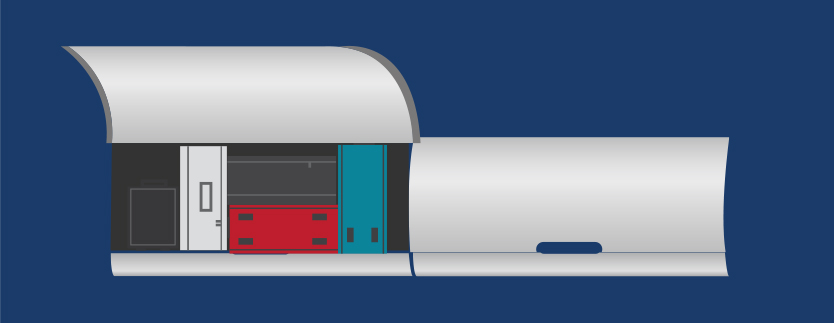Make Safety Your Priority
Cabin safety is everyone’s responsibility. To minimise injuries and fatalities during a flight, everyone plays an integral part in ensuring the safety of passengers and crew on board.
As an aviation safety regulator, CAAS establishes robust cabin safety regulations to mitigate inherent air travel risks and ensures that airlines comply with them.
Passengers also play an important role in minimising safety risks during a flight by observing cabin safety procedures and paying attention to cabin crew’s instructions.
To ensure a smooth and safe flight for all, we encourage all passengers to Make Safety Your Priority. Watch this video to find out more.
Do also keep in mind these cabin safety tips on your next flight:

During critical phases of flight (i.e. takeoff and landing), ensure that the cabin is clear for expeditious evacuation in case of an emergency.
This includes ensuring that your:
- Seat back is upright
- Tray table, in-seat monitors and footrests are stowed
- Luggage and large portable electronic devices are secured under the seat in front of you or in an overhead compartment
- Personal headsets are removed
- Window shades are up
- Footwear is on

The life vest under your seat is for emergency use only. It must not be tampered with at all other times.

Keep your seat belt on throughout your flight to minimise risk of injury during unexpected events, such as:
- Sudden turbulence
- Cabin decompression
- Crash impact


All luggage should be secured under the seat in front of you or in an overhead compartment.
Unsecured items could become dangerous projectiles during flight or impede evacuation in an emergency.
In an emergency evacuation:
- Always listen to the instructions of the crew
- Leave the aircraft quickly due to the high risk of fire and smoke
- Leave your luggage behind
- Always keep calm

All exits must be clear of any baggage and personal items.

Hand Carry Baggage
Safety Briefings
Seat Belts
Window Shades
Tampering with Aircraft Equipment/Items
Smoking in Aircraft
Emergency Exit Row Seating
Use of Portable Electronic Devices (PEDs)1
Carriage of Service Animals
| General note:
Some airlines may impose more stringent safety requirements. When in doubt, please check with your airline before your flight. |
